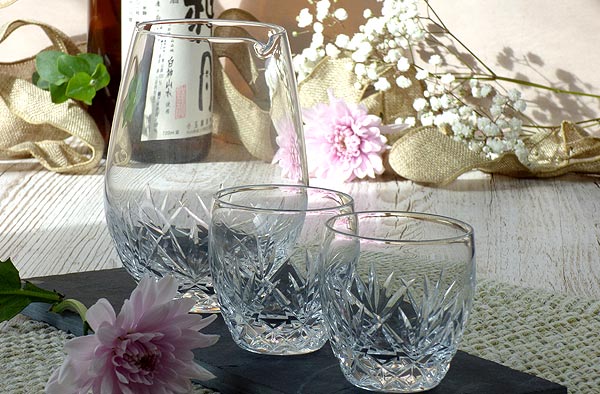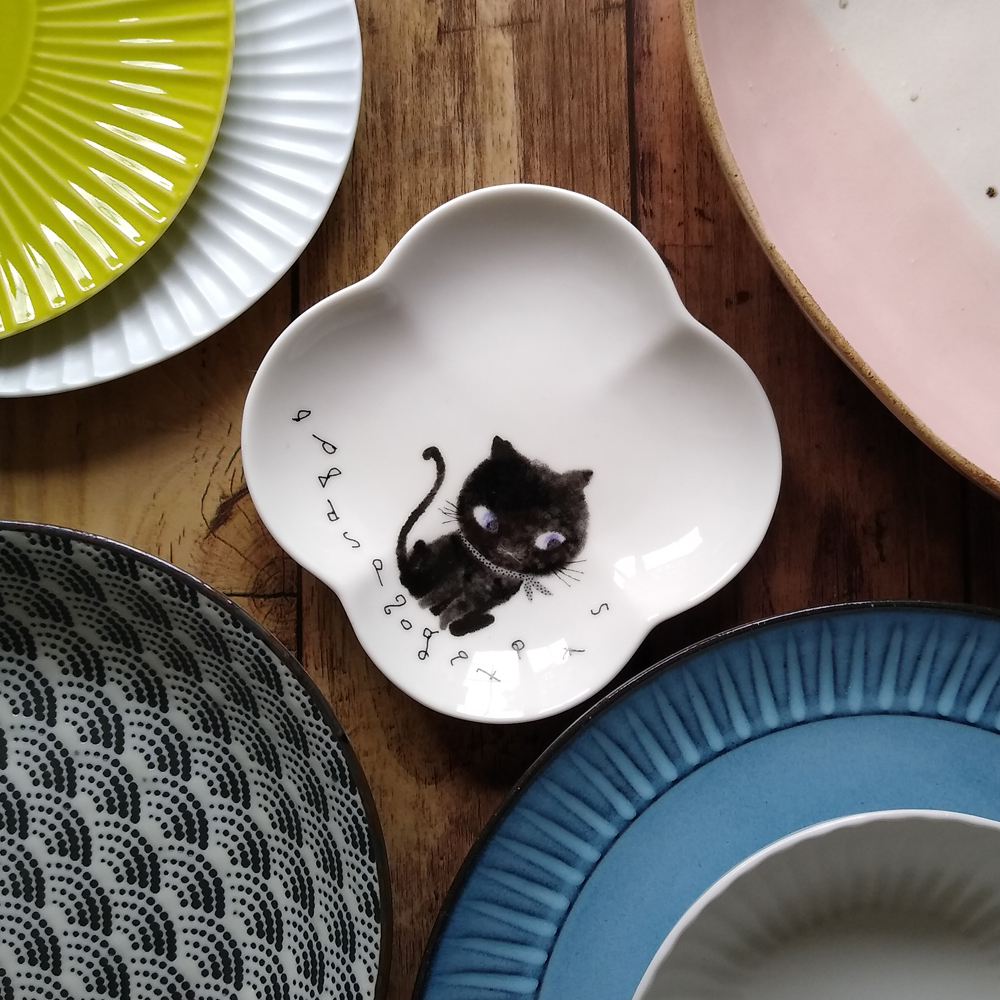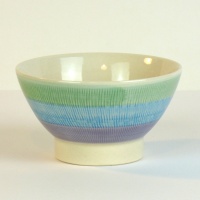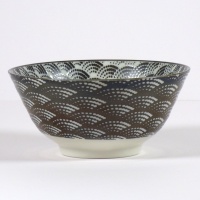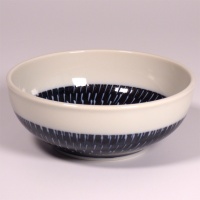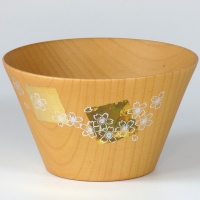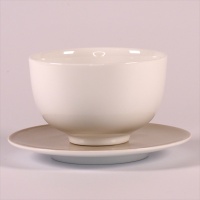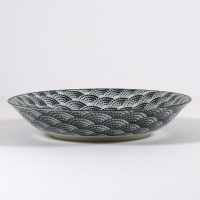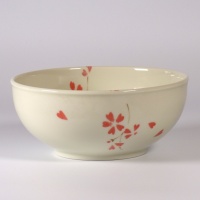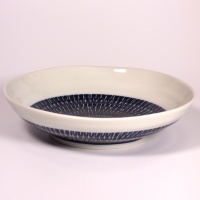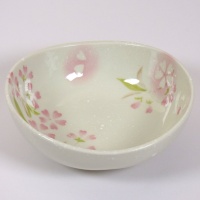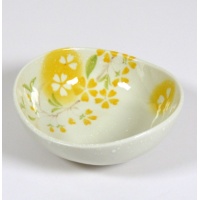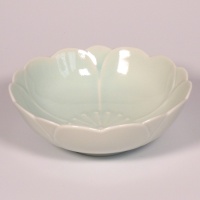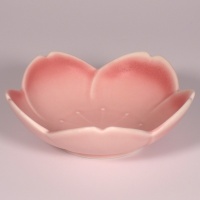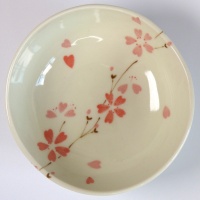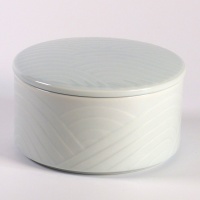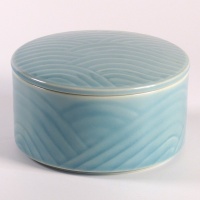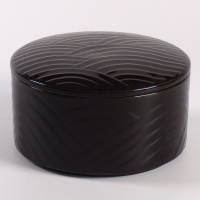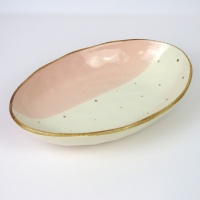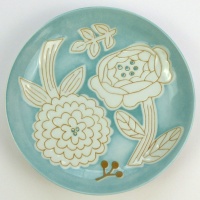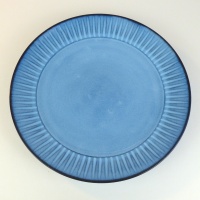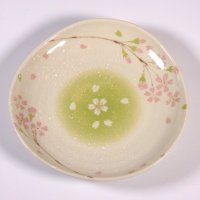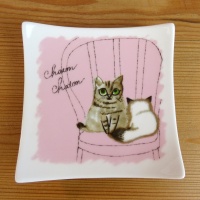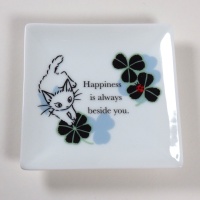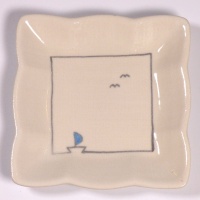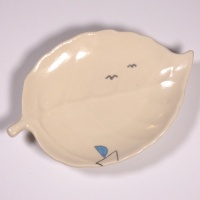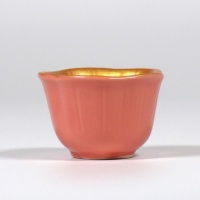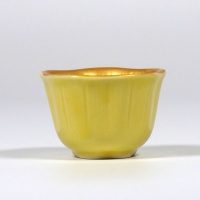As you would expect there are many different shapes and styles of Japanese bowls and plates and it can seem like you need to make a big deal about which dish you use, when and for what kind of food.
However, unless you are serving a very formal ‘kaiseki’ meal to your Japanese boss then really it’s more about making a pleasing table setting that beautifully displays the food you sweated over and makes eating it an enjoyable experience.
In this blog, I outline different types of Japanese bowls with some ideas about how you can use them to create your own Japanese table layout - and there’s plenty of room for interpretation and going with your own style!
Setting a Theme
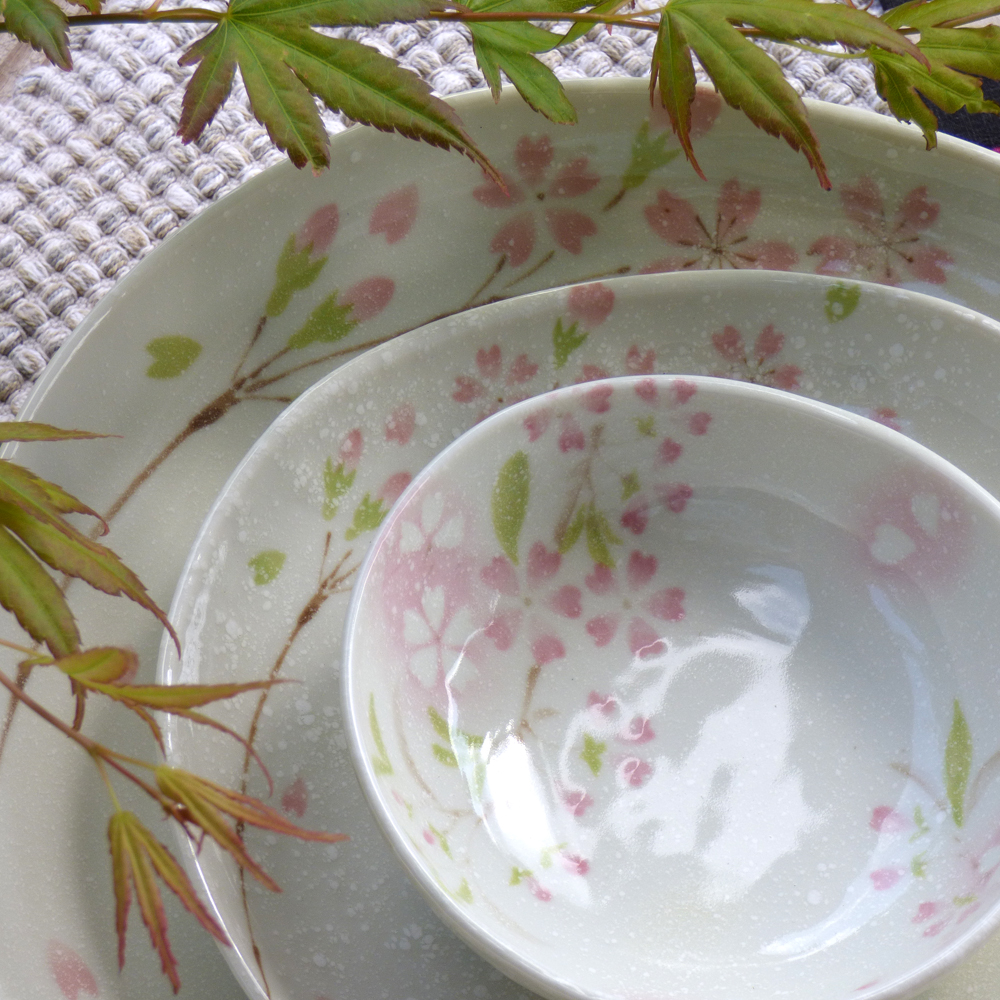
Japanese cuisine focuses strongly on the season, making full use of ingredients that are at their best and most flavoursome at a particular time of year. The table setting often reflects this too, using different motifs, colours and patterns for each of the four seasons and the many micro-seasons in between.
The meal may also be themed around a local speciality, a national festival or a family celebration.
If you keep a selection of dishes in different styles, colours and designs, you can be sure to find the right one for the occasion and the food you are serving.
In The Mix
Japanese meals often feature many small side dishes such as pickles, salads, vegetables and dipping sauces so having a range of crockery that includes multi-purpose small plates and bowls as well as larger dishes is useful.

By collecting a variety of well chosen plates and bowls to mix and match, you can create an authentic looking Japanese-style table setting, whether it’s themed around a festive occasion or just reflects your favourite colours.
This makes an eclectic mix of patterns, sizes and styles in one table setting. You rarely see a Japanese table or tray meal where everything is from the same set!
You can find Japanese bowls of various sizes and shapes, all with different names that imply their usage. In reality, the use of different bowls is quite flexible and it’s more important to think about what you’re serving in it and whether it will delight your guests than whether you've technically chosen the right dish.
Japanese Rice Bowls
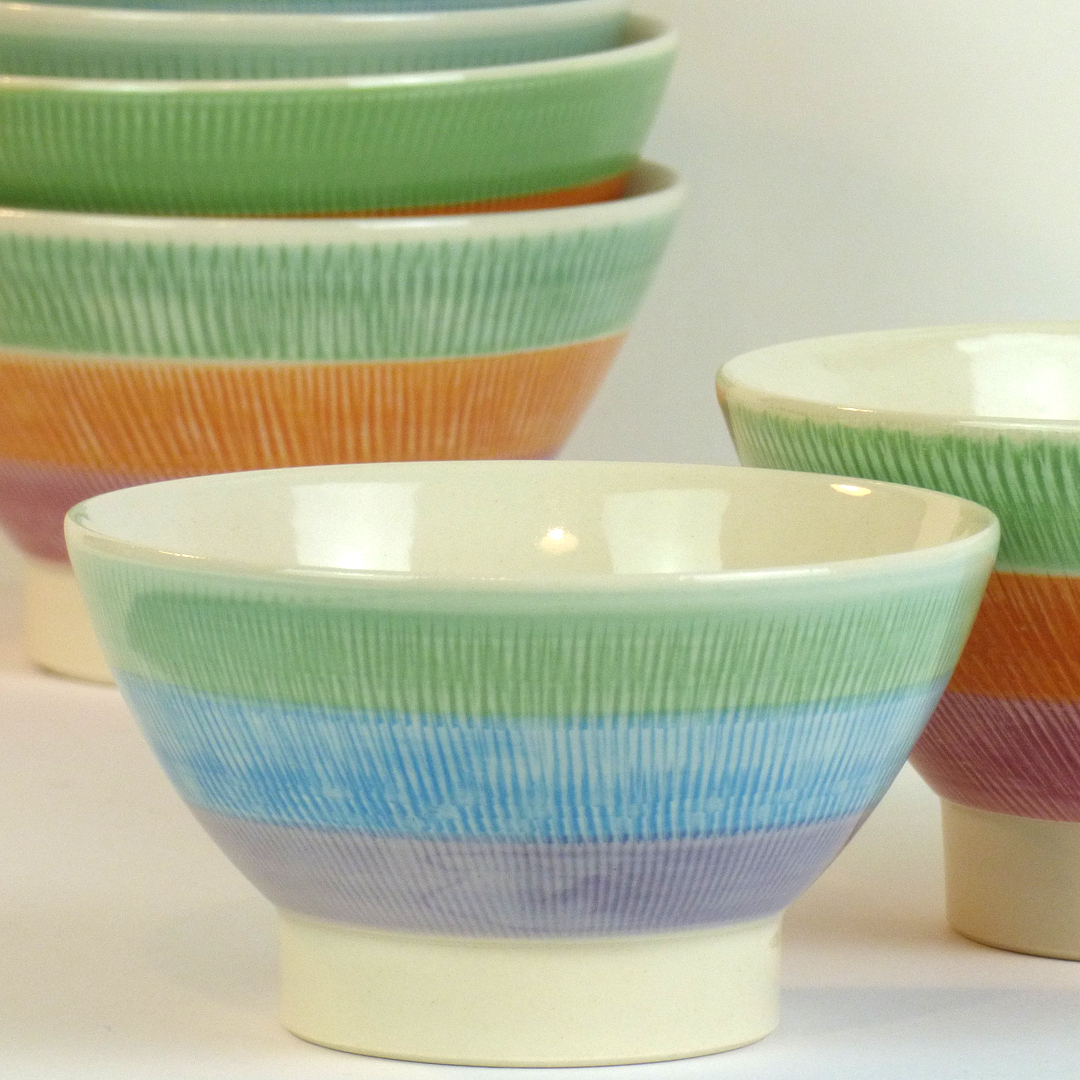
You might see some dishes described as ‘rice bowls’ or o-chawan. They’re a good size to serve accompanying rice which is central to almost all Japanese meals. This sort of bowl is medium sized, maybe around 10cm or 12cm in diameter and fairly deep but the size of the bowl you use depends on how much rice you want to eat and what else is on the table.
Usually each person will be given their own bowl of rice, rather than dishing it out from a central serving bowl, so you definitely need a collection of these.
You might also see bowls described as matcha chawan and senchawan, or tea bowls. These are sometimes a bit rounder in shape and maybe smaller but are basically the same kind of bowl as a rice bowl. Some are designed specifically for drinking matcha tea or regular brewed green tea but most are fully intended to be multipurpose, depending on what you’re cooking and what you have to hand. In fact there is a Japanese meal called ochazuke where you pour tea over the rice in your bowl.
You can also use your rice bowls for soup, steamed vegetables or pickled vegetables. If your rice bowl is deep enough, you could even use it for tendon or donburi.
Soup Bowls
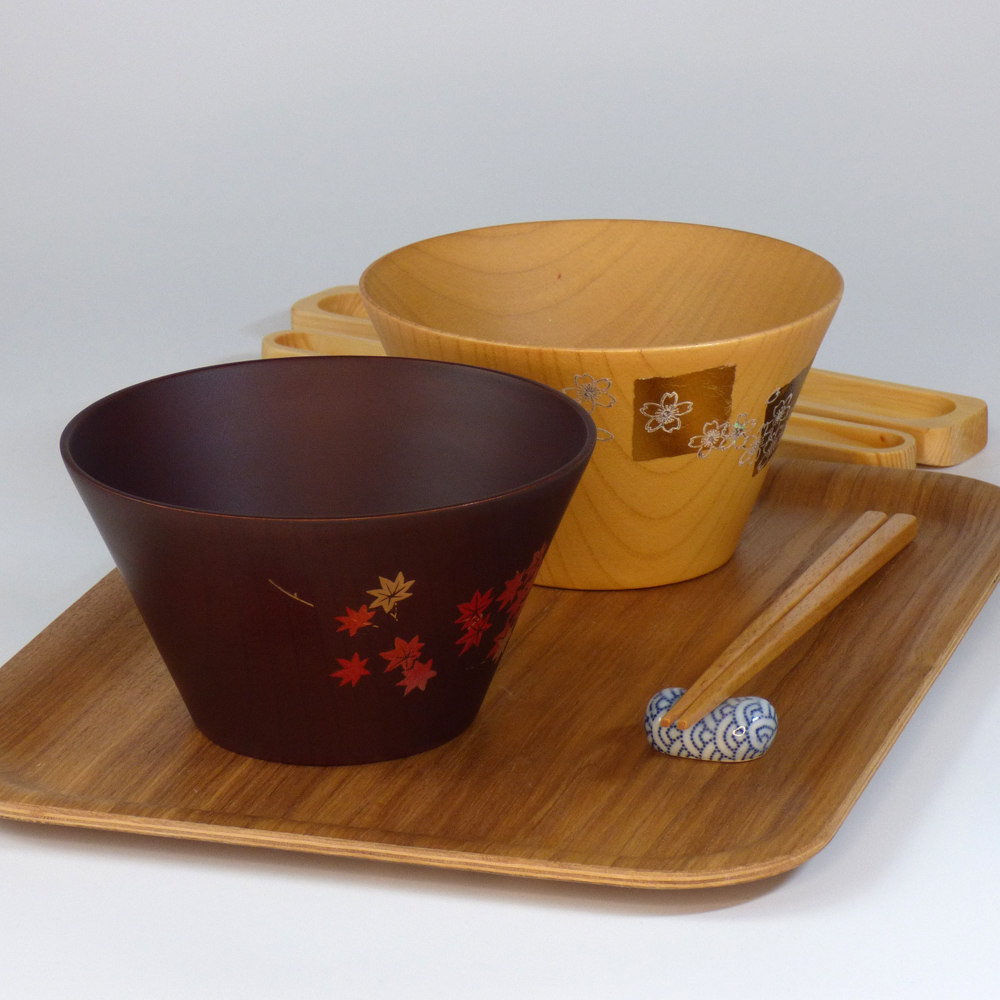
Japanese meals tend not come as starters, mains and desserts. More often than not, all the courses, excepting maybe the dessert, are brought to the table in one go or when the kitchen has prepared them.
Unless you are serving formal kaiseki or omakase where each course is served in a very definite order, soup is not usually thought of as a starter but as a side dish to the main meal.
Japanese soup bowls can be ceramic, wooden or plastic ‘lacquerware’ and sometimes have a lid. Some soup bowls are very fancy indeed with beautiful designs on traditional natural lacquered wooden bowls.
Noodle and Donburi Bowls
A larger bowl may be used for soba, udon and ramen noodle dishes. These dishes include a lot of soup with ‘toppings’ of vegetables, meat, fish and egg so a large, round bowl is most suitable.
Donburi is a delicious savoury topping of meat, fish and vegetables served on a bed of rice so usually you will need a deep, medium to large diameter bowl.
Small Bowls or 'Mini Dishes'
Because a Japanese meal often involves a number of small side dishes, it is useful to have some smaller, shallow bowls known as kobachi. These are good for serving pickles, vinegared salad or other small dishes and delicacies.
They can also be thought of as a kind of tapas bowl for extra nibbles or for each person to take a serving from a bigger dish such as a hotpot or griddle. They also make good dipping bowls for larger foods such as tempura or kakiage.
Bowls with Lids

Now and again you might be served Japanese food in a bowl with a lid. This could be rice, soup, some other hot food or even a cold dessert. Futamono for example is a warming, comforting stew which is usually served in a lidded bowl.
Chawanmushi is another famous Japanese dish of steamed egg custard with vegetables, meat or seafood which is cooked and served in a heat-proof ceramic lidded bowl called a mushiwan.
Bowls with lids look very traditional on the table and lend an air of occasion to the meal. They are also practical as they can help keep hot food hot and cold food cold while other courses are being consumed.
Small, Medium and Large Japanese Plates
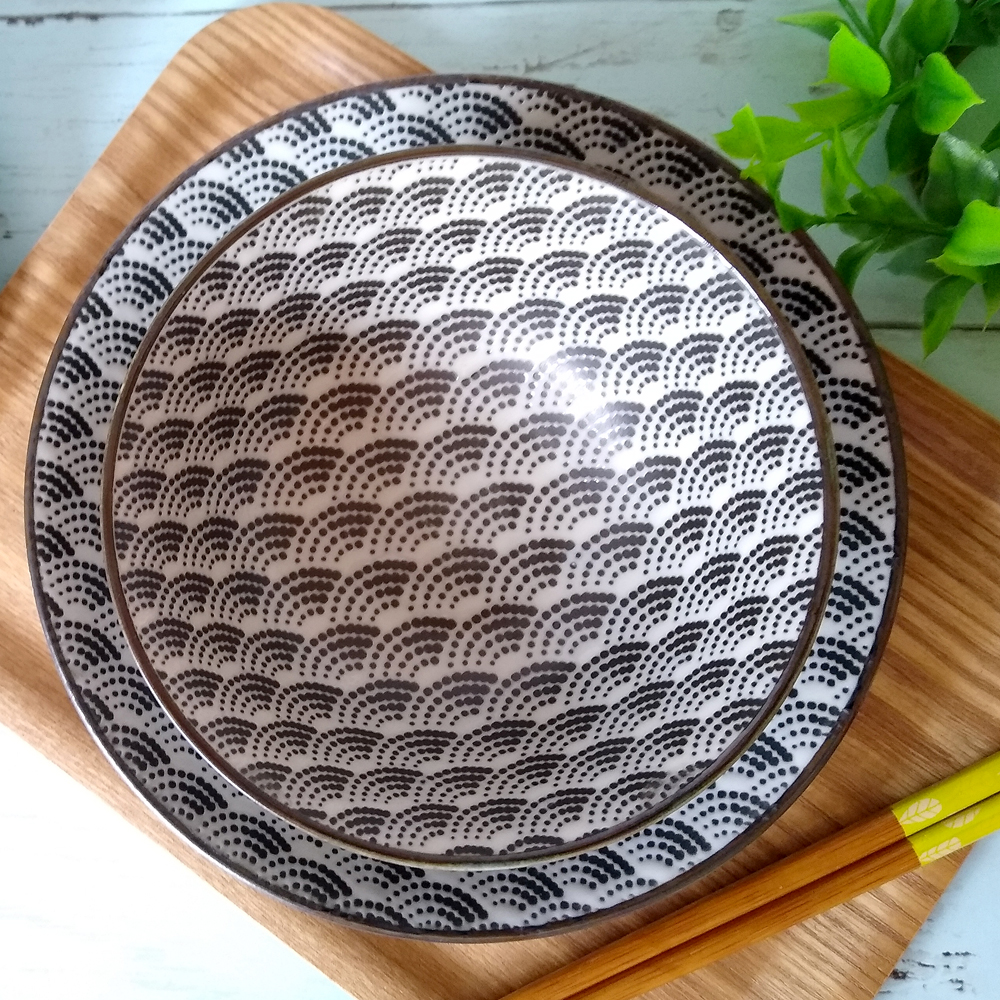
In Japanese cuisine, a large plate, or chu-zara will most often be used for a main dish, placed on the table for everyone to take a portion. In Western cooking it would probably be thought of more as a serving platter.
Another medium to large size plate you often see is an oval dish or shallow bowl, described as a 'curry bowl', which is typically used for individual servings of 'curry rice' and katsu curry but is also a good size for pasta dishes.
In turn, a smaller medium sized plate would be used by each person to take their own serving and eat from, for example when you take sushi or sashimi from the main serving plate.
Smaller plates, or ko-zara, are nice to have for desserts, side dishes and snacks as well as making good sharing plates.
Mini Plates
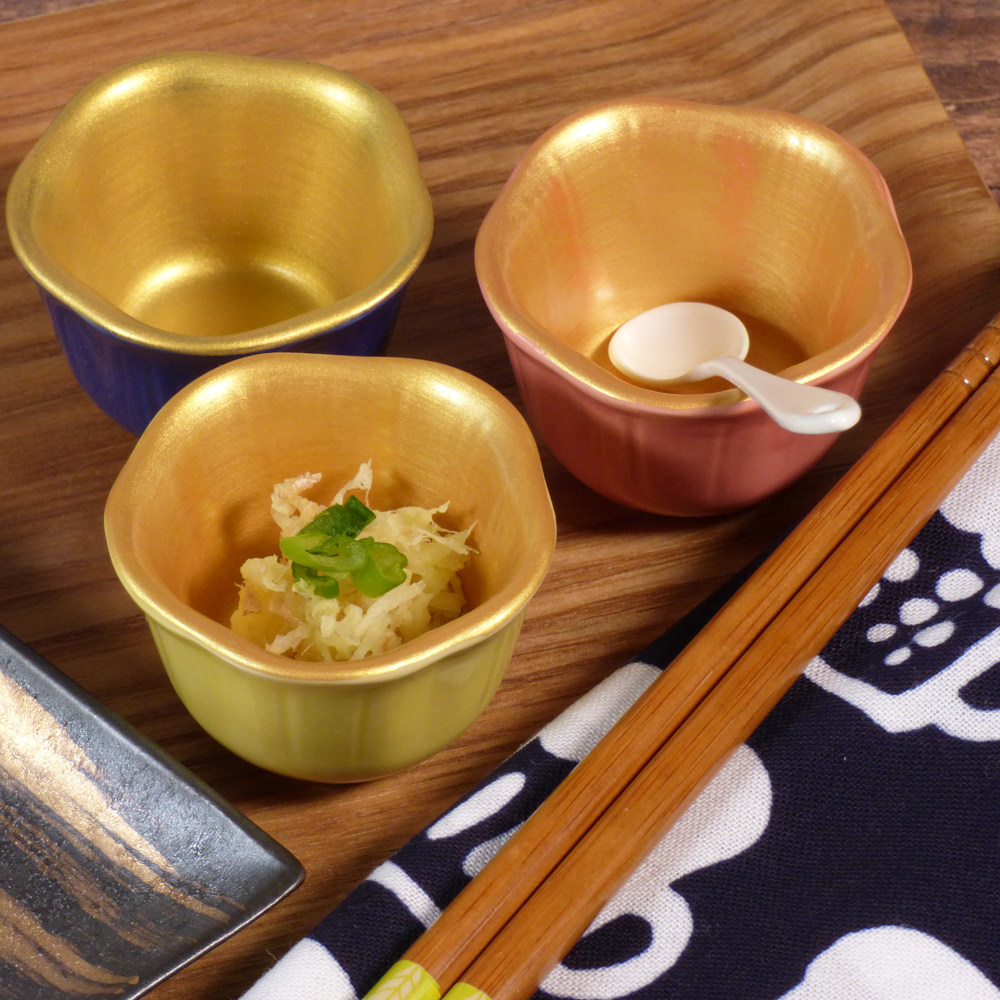
Some of these tiny dishes may seem too small to be practical for Western meals but they have their place in Japanese and Asian cuisine.
Similar to mini bowls, a flatter mini plate, or mame-zara, might be used for dipping sauce, such as soy sauce with your sashimi or sushi, or to serve other small garnishes such as grated ginger, pickles or daikon.
They are a good way to accent your table setting, bringing in your own personality and reflecting your theme.
By collecting together a range of plates, platters, bowls and dishes, whether they are inexpensive or premium, modern or traditional, you can put together a pretty table setting that suits whatever food you are serving and gives a real Japanese atmosphere for your guests. You can also make use of fabrics and textiles in the form of table mats, runners and napkins along with a centre piece or flowers on the table to further enhance your Japanese style and seasonal theme.

